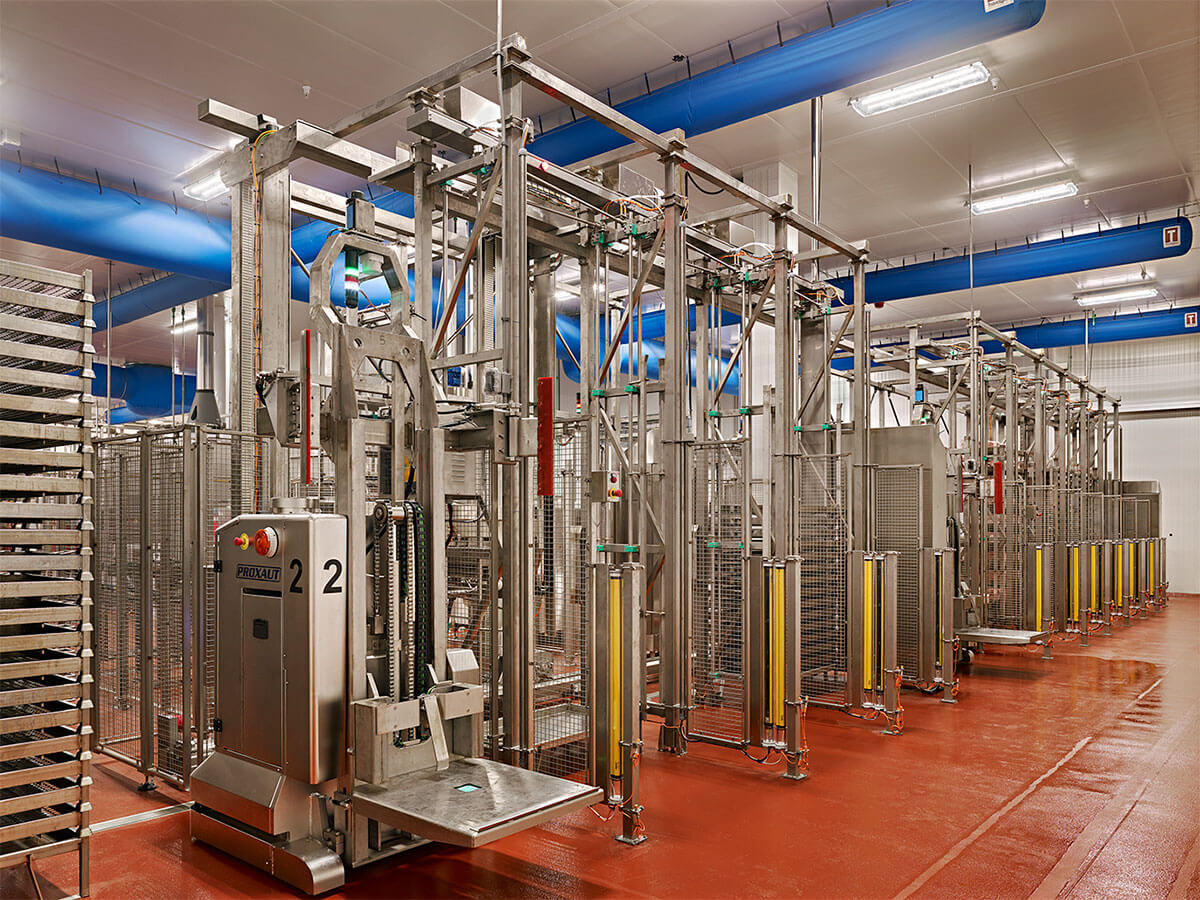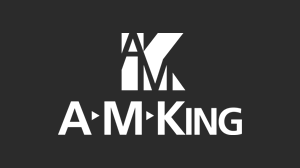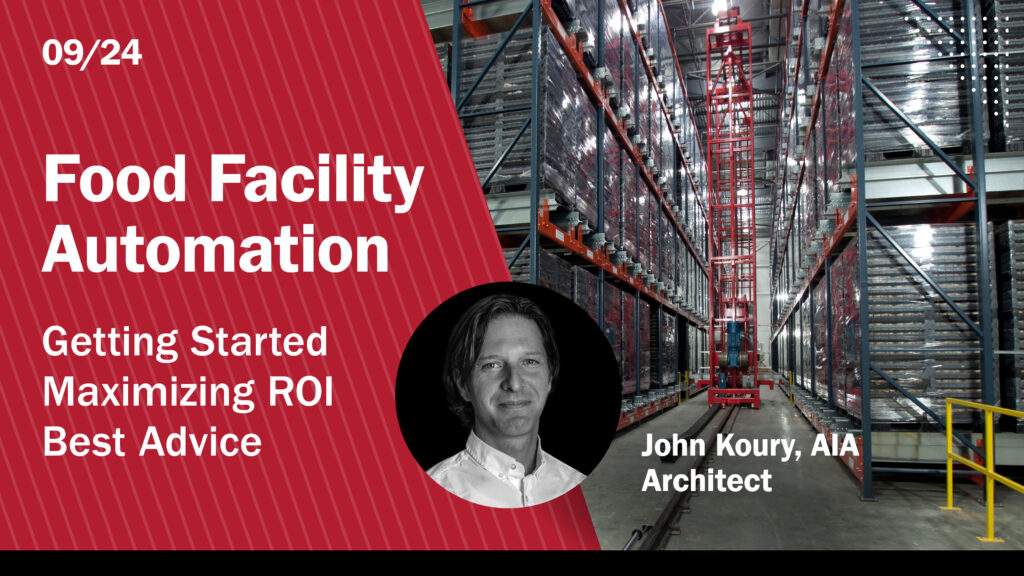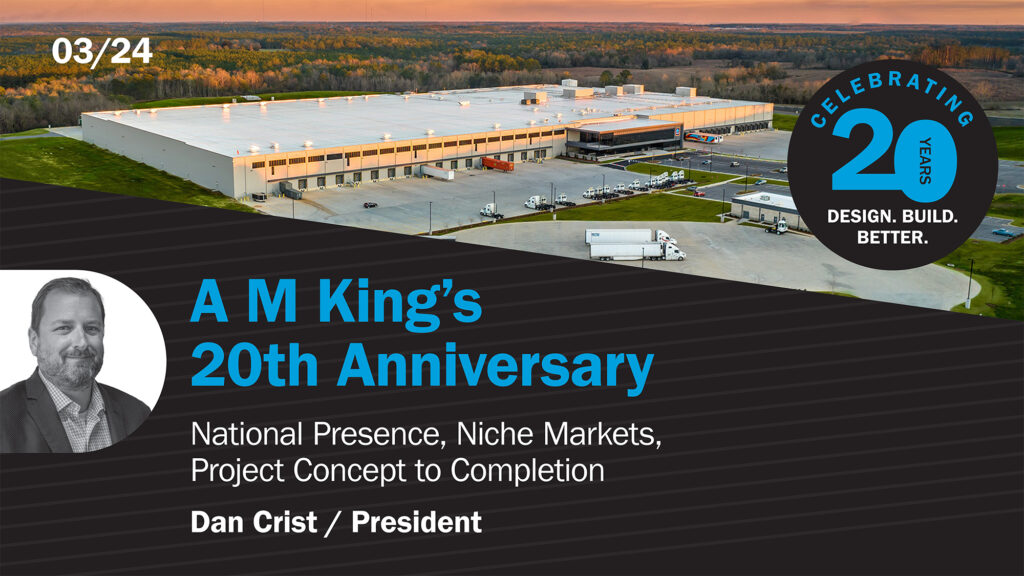
Easy Fixes for Improved Food Safety in High-Risk Environments
I’ve been around the block a time or two. I’ve seen babies born, music legends die and the perfect sunset over High Rock Lake while fishing for that elusive 50-pound catfish. I’ve also spent a lot of time in large-scale, complex food processing facilities. I work with designers during the preconstruction phase of greenfield food facilities as well as prior to renovations/expansions of existing buildings. Many would say I’m an authority on food safety, FSMA and sanitary design. I routinely counsel clients about the importance of facility maintenance in preventing foodborne illness.
Failed caulk joints, delaminated resinous flooring, voids around drains, improper air balance and poor air quality are issues that are quite common but sometimes difficult to repair due to operating conditions. Plants that operate two shifts with a sanitation shift are seldom dry for any extended period and therefore caulk and void issues are challenging to repair. Improper air balance or poor air quality fosters airborne contamination and may affect oven operation or humidity control and takes periodic measurement with the proper equipment. The frustration of maintaining these types of facilities is understandable, but it must be done to prevent possible bacterial infestation.
Each year contaminated food causes an estimated 48 million infections in the United States, according to the Centers for Disease Control, including 128,000 hospitalizations, and 3,000 deaths. Last year saw the most cases of multistate outbreaks of foodborne illness in more than a decade. In April, the FDA reported that inspectors detected Listeria monocytogenes in about 1 in 5 U.S. ice cream facilities during 2016 and 2017, the same bacterium that caused a deadly outbreak linked to Blue Bell Ice Cream in 2015. At six of those production facilities where Listeria was detected, FDA staff observed practices likely to contribute to food contamination, such as improper cleaning of utensils and equipment, and employees failing to thoroughly wash their hands after handling trash.
Yet, foodborne sickness can be prevented in part by food processors recognizing and reducing contamination hazards in their operations. While the FDA routinely inspects food facilities and sets forth guidelines such as the Food Safety Modernization Act’s (FSMA) Preventative Control Rules, implementing sanitary design best practices remains one of the best ways to avoid contamination in a food facility.
Floor drain design and installation, for example, has improved dramatically. Elimination of trench drains if at all possible is a good way to eliminate potential problems. The proper floor drain design with secondary strainers, concrete anchors and proper installation methods is key. Our company is also utilizing urethane cants where possible to eliminate floor-to-curb and curb-to-wall joints, and therefore the need for caulk. It is a little more expensive upfront but much easier and less expensive to maintain.
However, what if you’ve got an older building where sanitation and wash down are routine, posing serious food safety risks, but you don’t have the financial wherewithal to build a new facility? There are means to correct these problems, and ultimately prevent foodborne illness by making these economic and easy fixes for improved food safety.
Air Quality
The first area to consider is air quality. Measure the facility’s air pressures, room by room. Make sure that the raw areas are negative in relation to Ready-to Eat areas. The basic premise is that the highest pressures are at packaging and gradually reduces as the process moves toward the raw or low care end of the line. A simple differential pressure gauge can be utilized to provide measurements from room to room. If air handling units are involved, changing sheaves may be necessary to slow down or speed up the fan to achieve the proper air balance. It may be necessary to add air utilizing a filtered supply fan or exhaust air to obtain the proper pressures. Also, clean or change any filters regularly. Any ductwork in the process zones may need to be cleaned internally. These simple and economic steps coupled with a regular inspection and maintenance program can greatly reduce the risks of cross contamination of both pathogens and allergens due to poor air quality management.
Cracks and Voids
The second issue always revolves around cracks and voids, which are breeding grounds for bacteria of all descriptions in legacy facilities.
Perform a thorough inspection of the entire facility including wall and ceiling panels joints, curb caulking, floor drains and flooring in general. If condensation is present this should be dealt with immediately. It could be as simple as caulk repair, or possibly dehumidification on the warm side. The sanitary protective curb to wall juncture is always problematic and requires regular maintenance. Caulk failures allow for moisture and product residue to migrate down the curb along the face of the wall, and in cases where the wall penetrates the slab, it will migrate below the floor slab. Dilapidated caulk or caulk voids should be repaired upon detection.
Floor and trench drains should be inspected thoroughly. Evidence of voids or cracks around drains should be repaired immediately. This is one of the most common and dangerous risks in wash down areas since product residue flows to the drains along with water, allowing bacteria to grow beneath and around the drains. Trench drains should be given special attention since they are prone to uneven heavy loads resulting in movement of the drain. In severe cases trench drains may need to be replaced. Resinous flooring systems should be inspected for delamination and cracks due to thermal or impact shock and repaired as soon as practical due to potential bacterial growth.
Lighting
The third issue is lighting. If you can’t see the problem, it probably will not get fixed. If your lighting has not been upgraded to LED, please do so. You will see immediate results in employee satisfaction, quality assurance and decreased energy consumption. Measure light levels throughout the facility and add lighting in the dark spots. We generally recommend a minimum of 50-foot candles in processing areas. Concentrated task lighting may be required at specific areas of the processing line such as inspection and reject areas. It will also help employees detect potential areas of concern with respect to food safety and assist the sanitation crew during cleanup.
As everyone knows, most of these problems are obvious but they seem to be common in many of the facilities we tour. These issues are relatively easy and inexpensive to resolve, and routine maintenance plans help prevent the issues from re-occurring.











